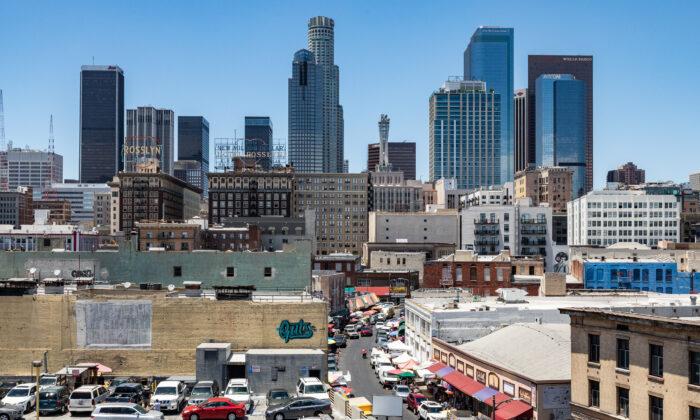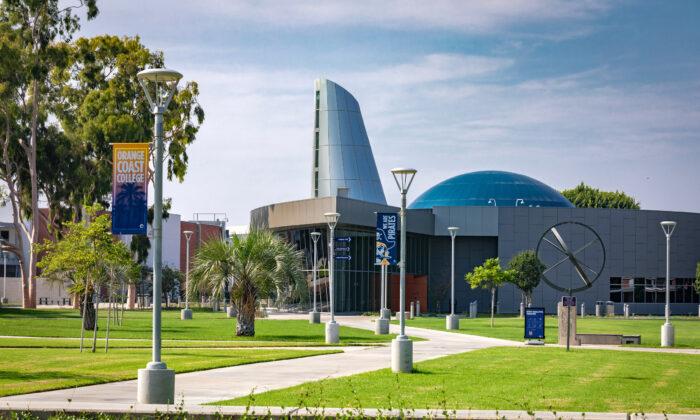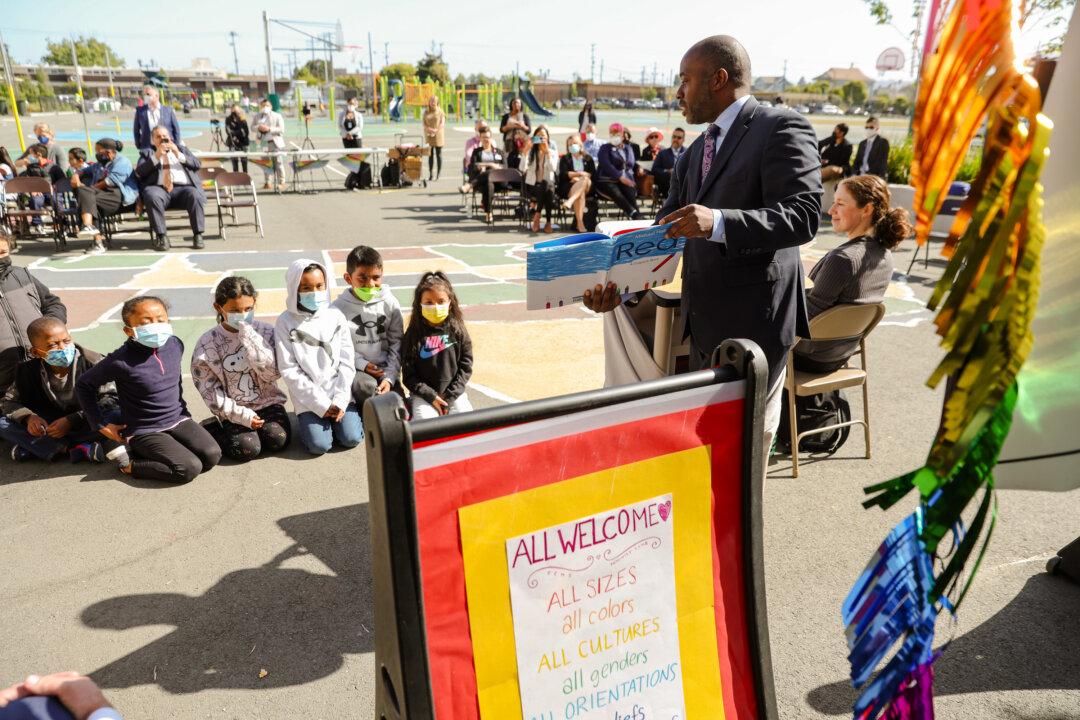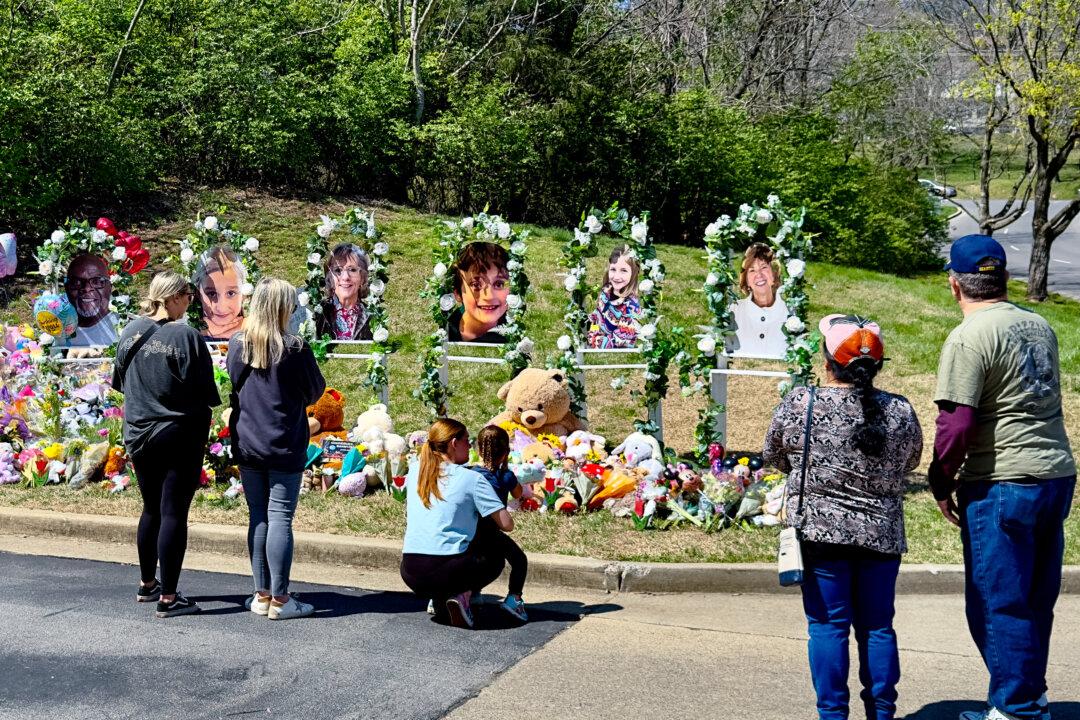The Los Angeles County Metropolitan Transportation Authority (Metro) is planning a new light rail line that would allow Angelenos to travel across the county.
The West Santa Ana Branch Transit Corridor would be a 19-mile light-rail transit line stretching from downtown Los Angeles to the southeast part of the county, including areas such as Downey, Bellflower, and Artesia.
Earlier this month, the Metro released a draft environmental impact report for the new transit corridor, outlining the project’s potential benefits as well as its potential environmental impacts and mitigations.
The Metro is currently holding a 45-day public review and comment period in which it has scheduled three virtual public hearings to gather feedback and provide information. The current draft is open for public review and comment until Sept. 28. It includes four alternatives along with two different design options that the public can review and comment on.
On Aug. 24, the Metro held its second public hearing, in which Metro officials gave a review of the report’s findings.
According to the report, all four of the construction alternatives would result in a difference of less than 1 percent in operational transportation energy consumption, compared to if the project had been operating in 2017.
Project alternatives one and two would require the physical alteration of historic buildings and properties in downtown Los Angeles; “however, adverse effects would be avoided,” according to the report.
“Additionally, all Build Alternatives would alter the Century Freeway-Transitway Historic District in a manner that is not adverse,” the report stated. “Operation of the Build Alternatives would not change the use or alter the historic characteristics of any of the extant built environment historic properties in a manner that would diminish their integrity of location, design, setting, materials, workmanship, feeling, or association.”
Moreover, the Paramount Bike Trail and Bellflower Bike Trail would be altered to accommodate the light rail, though access to the trails would be kept.
Mark Dierking of Metro Community Relations said the Metro will assign a letter and a color to the corridor once it is up and going.
Some residents who called in expressed opposition to the light rail’s construction, saying that the stations and rails would be an eyesore to the neighborhood and that they might have avoided moving to the neighborhood had they known this would take place. Others who called in said they wished that the flyers given out by the Metro on the new light rail would have been more descriptive, as many residents were confused about what exactly would be built.
Some expressed concern about small businesses in Little Tokyo and other areas of downtown Los Angeles that have been impacted by construction.
“I want to reiterate on the record that there are a lot of businesses in Little Tokyo that have been are wary about extending construction in the neighborhood after the Regional Connector’s construction,” Los Angeles resident Grant Sunoo said.
Sunoo said that some effective business mitigation measures have been put in place by the Metro during the Regional Connector’s construction, and that “some good things came out of it, but the effect on local businesses remains.”
Other residents called in excitement about the project, offering their comments on the metro’s features and structure.
Los Angeles resident David Fen said he thought that parking should not be a part of the project, and that parking should instead be replaced with “station-serving retail.”
Fen also said he hopes that the Metro will study the impact the new line would have on other preexisting rail lines and extensions.
The next virtual public hearing will take place via Zoom on Aug. 28. The Metro’s final environmental impact report certification and decision are expected to take place by next summer; the website currently projects a forecasted opening of the light rail in 2041.
The Metro’s media relations didn’t respond to a request for comment by press deadline.





